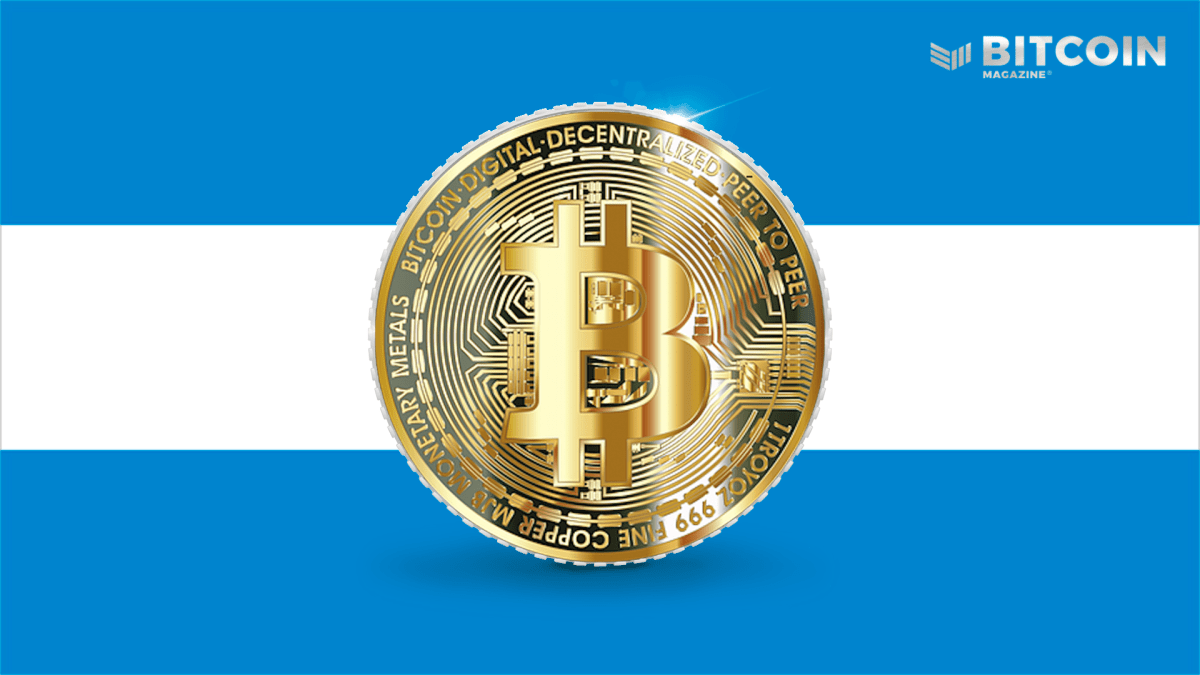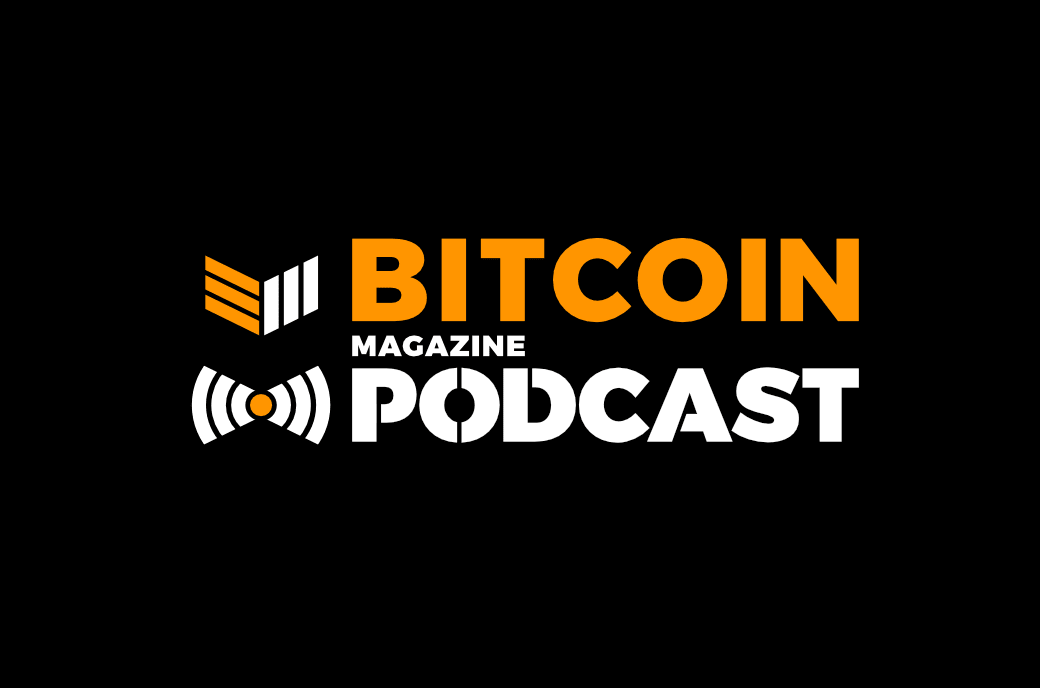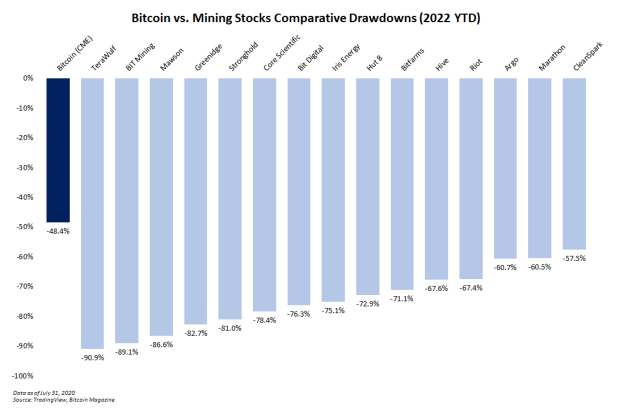Bitcoin at $5,000: What Has Changed Since 2017

This article was originally published by 8btc and written by Olusegun Ogundeji.
Bitcoin has crossed the $5,000 price range again (after its first reach to that level in 2017) following a sudden breakout on April 2, 2019. This unfolding price scenario should not immediately be ruled out as a repeat of what happened in 2017. However, as the market reaction seems to be positive so far (given that bitcoin sits at $5,214 at the time of this writing), recent developments in the crypto space could be working to make today’s change different from 2017’s movement.
Investors
From active bitcoin wallets to those joining the crypto community through the likes of the r/Bitcoin subreddit, the number of new people in the space has risen. In 2017, the price breakout over $5,000 was one of the reasons many new investors joined the bitcoin train. Whether seeing it at $5,000 again for the first time after a year of slowdown would trigger the same 2017 effect is hard to determine. After more than a year in a critical bear market, price support for bitcoin has been built at over $3,000.
Segregated Witness (SegWit)
For the first time, daily median transactions per block, excluding Coinbase activity for SegWit-based transactions, reached over 1,000 on March 30, 2019. Activated for Bitcoin in August 2017 (on Litecoin in May 2017), the SegWit scaling upgrade was meant to help change the way data is stored on the network. Proposed as a solution to the scaling problem, SegWit would enable Bitcoin to process a greater throughput without having to change the block size. Its uptake has been slow as some key exchanges are yet to run it on their platforms. According to BitcoinVisuals, the highest number of SegWit transactions reached at the end of 2017 was 294.
Lightning Network (LN)
It’s been touted as one of the best things happening in the cryptocurrency space today, especially since the start of Q1 2019. The Lightning Network is an off-chain scaling solution for Bitcoin that uses smart contract functionality of the blockchain to enable instant micropayments across a network of participants. Real-time statistics show that Lightning transactions have now surpassed $5 million in capacity. Its use is expected to improve bitcoin adoption, including for merchants who seek to accept the cryptocurrency as a means of payment. As in 2017, the Lightning Network was not available in the space.
Institutional Interest
From applications for a bitcoin exchange-traded fund (ETF) to traditional investment companies, institutional interest in the ecosystem has risen since 2017. Major companies like Fidelity, Bakkt and even Facebook have expressed plans to venture into the crypto space later this year. Their entry — coming as next year’s Bitcoin block reward halving draws closer — is expected to boost the state of the crypto market while helping to attract more mainstream investors.
Uptake Shifting from China to South America
Unlike in 2017 when the shots seemed to be called from China, difficult economic situations in some South American countries today are forcing people in the region to develop a penchant for transacting cryptocurrencies like bitcoin. Crypto adoption in these countries has taken off as the ease of access has increased.
Increasing awareness and need for bitcoin, despite less enhanced infrastructure around internet use, is bringing substantial growth. South American countries like Venezuela, Colombia, Peru, Argentina and Mexico have been growing organically in their use of bitcoin.
The People’s Bank of China worked to bring down bitcoin trading below 1 percent of global levels through various measures, including placing a ban on direct trading. Hence, the wider Chinese involvement in bitcoin has reduced drastically, though mining is still a core advantage.
This article originally appeared on Bitcoin Magazine.









